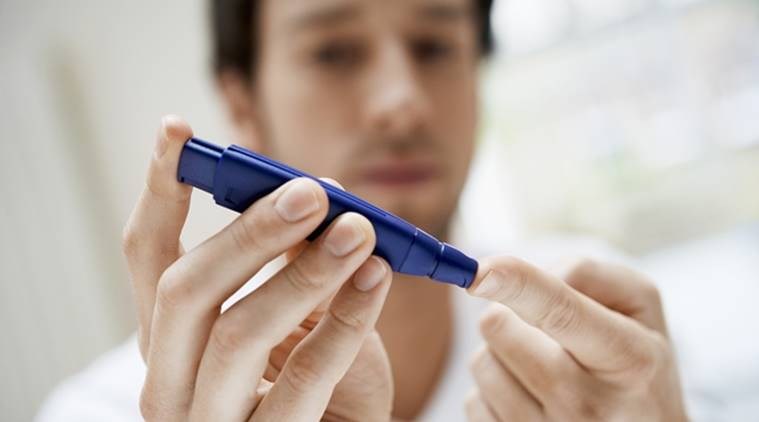According to the study, published in the Journal of the American Chemical Society, glycoinsulin can achieve insulin-like effects without forming fibrils, which are clumps arising when insulin compounds aggregate together.

Scientists have developed a new form of insulin that could improve the clinical delivery of the drug for people living with diabetes.
The researchers, including those from The Florey Institute of Neuroscience and Mental Health in Australia, synthesised an insulin analogue called glycoinsulin, and demonstrated that it can also lower blood glucose levels in preclinical studies.
According to the study, published in the Journal of the American Chemical Society, glycoinsulin can achieve insulin-like effects without forming fibrils, which are clumps arising when insulin compounds aggregate together.
The scientists said for people with diabetes who need pump infusions to administer insulin, the fibril aggregates pose serious risk in blocking the delivery of the drug, leading to the possibility of life threatening under-dosing.
“Not only did our research demonstrate that glycoinsulin does not form fibrils, even at high temperature and concentration, but also that it is more stable in human serum than native insulin. Together these findings could position glycoinsulin as an excellent candidate for use in insulin pumps and a way to improve the shelf life of insulin products,” said study co-author Akhter Hossain from the Florey Institute of Neuroscience and Mental Health.
ALSO READ | Here’s how this veggie could help manage diabetes
“We now hope to streamline the manufacturing process for glycoinsulin so this compound can be further investigated in larger, clinical studies,” Hossain said.
Adding to this, the researchers said, insulin pump infusion sets are required to be replaced every 24 hours to 72 hours to mitigate the occurrence of fibrils.
As part of the study, the researchers developed a new method to engineer an insulin-sugar complex from egg yolks.
“Typically, the chemical modification of insulin causes structural destabilisation and inactivation, but we were able to successfully synthesise glycoinsulin in a way that retains its insulin-like helical structure,” said study co-author John Wade from Florey Institute of Neuroscience and Mental Health.
“The result is an almost fully active insulin analogue which has demonstrated near-native binding to insulin receptors in both lab and animal studies,” Wade said.
For all the latest Lifestyle News, download Indian Express App
Source: Read Full Article


